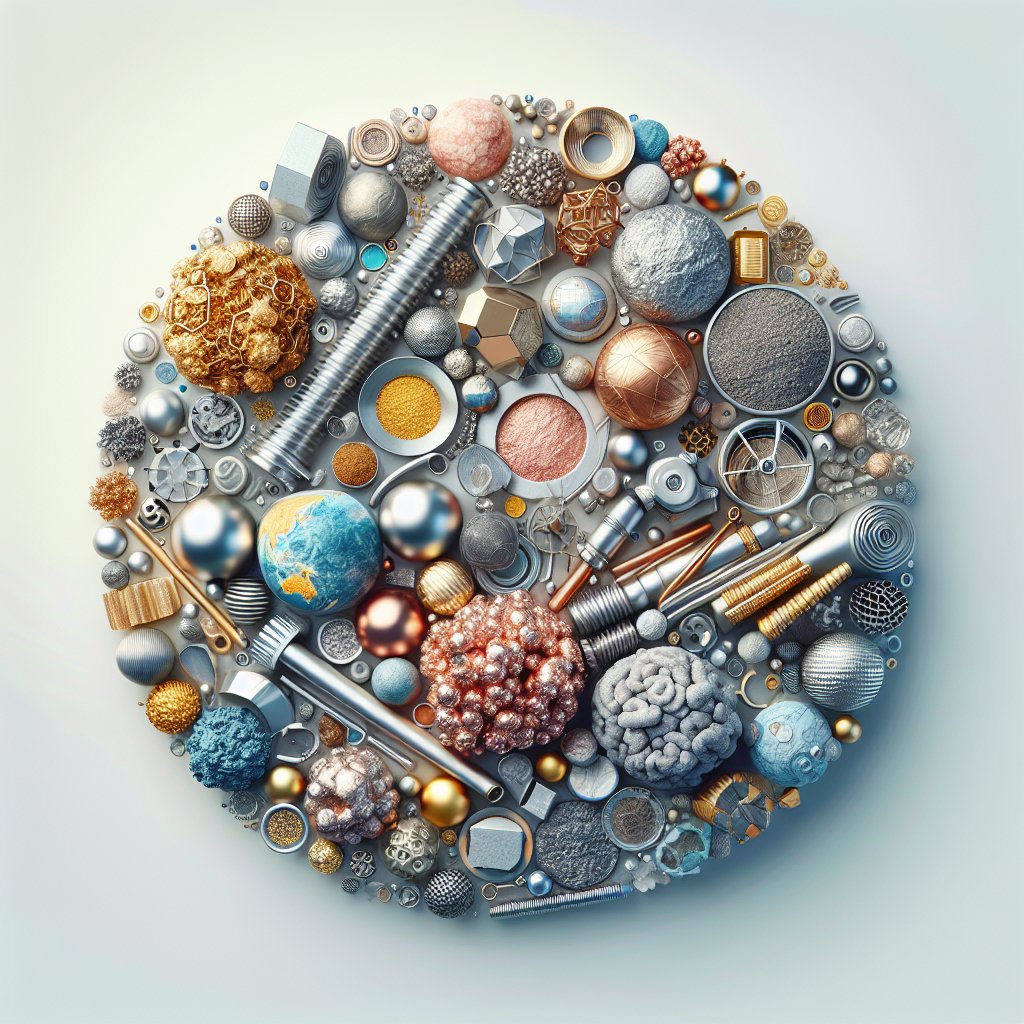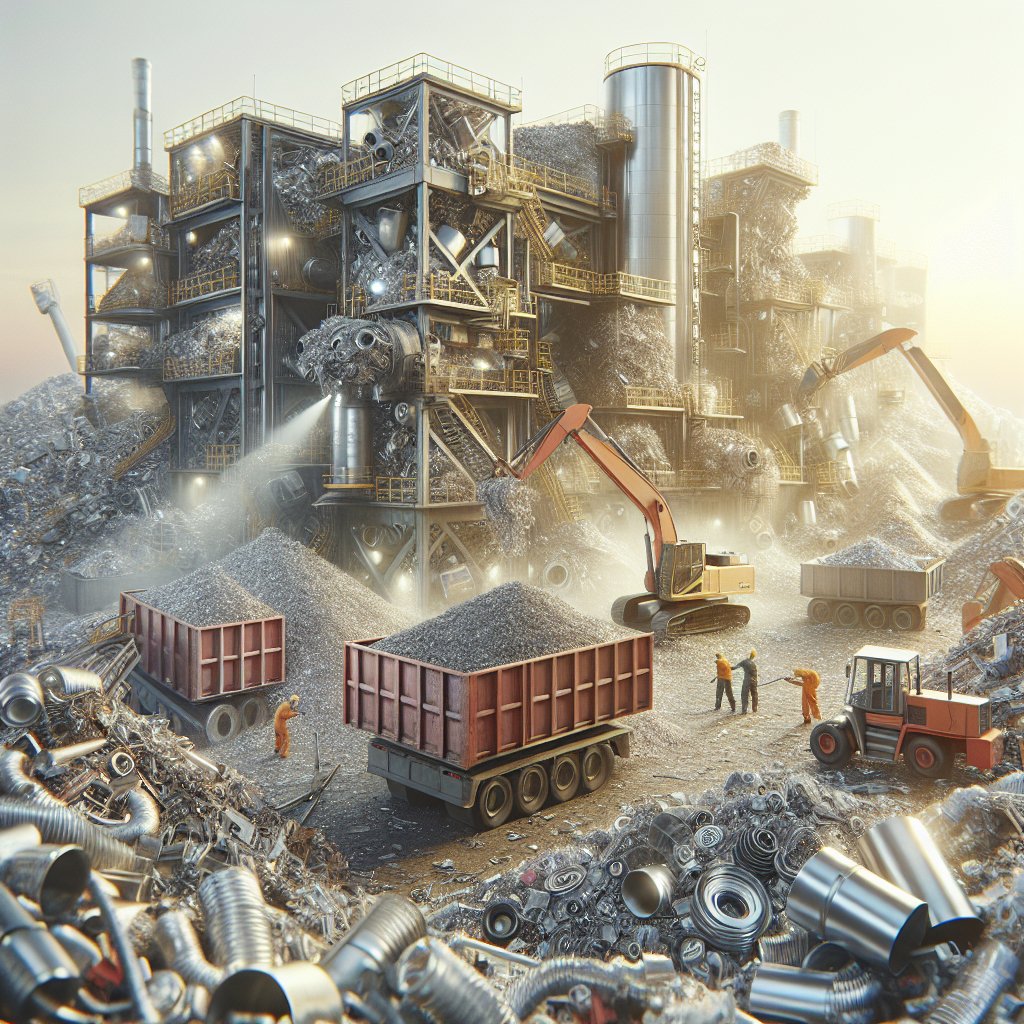The global rare metals trade is a complex and dynamic sector that plays a crucial role in the modern economy. These metals, often found in limited quantities and specific geographic locations, are essential components in a wide range of high-tech applications, from electronics to renewable energy technologies. Understanding the intricacies of this trade is vital for stakeholders across industries, governments, and environmental organizations.
The Importance of Rare Metals in Modern Technology
Rare metals, including elements such as lithium, cobalt, and rare earth elements (REEs), are indispensable in the production of modern technology. These metals possess unique properties that make them ideal for use in various high-tech applications. For instance, lithium is a key component in rechargeable batteries, which power everything from smartphones to electric vehicles. Cobalt, often used in conjunction with lithium, enhances battery performance and longevity.
Rare earth elements, a group of 17 chemically similar elements, are critical in the manufacturing of permanent magnets, which are essential for wind turbines and electric motors. Additionally, REEs are used in the production of catalysts, phosphors, and other materials that are vital for electronics, defense systems, and medical devices. The demand for these metals is expected to grow significantly as the world transitions towards more sustainable energy solutions and advanced technological innovations.
The strategic importance of rare metals cannot be overstated. Countries with abundant reserves of these metals hold significant geopolitical power, as they can influence global supply chains and market prices. This has led to increased competition and, in some cases, tensions between nations seeking to secure access to these valuable resources.
Challenges in the Global Rare Metals Supply Chain
The global supply chain for rare metals is fraught with challenges that can impact availability and pricing. One of the primary issues is the concentration of production in a few countries. For example, China dominates the production of rare earth elements, accounting for over 80% of the global supply. This concentration creates vulnerabilities in the supply chain, as any disruption in production or export policies can have far-reaching effects on global markets.
Environmental concerns also pose significant challenges. The extraction and processing of rare metals often involve environmentally damaging practices, such as open-pit mining and the use of toxic chemicals. These activities can lead to soil and water contamination, habitat destruction, and adverse health effects on local communities. As a result, there is growing pressure on companies and governments to adopt more sustainable and ethical practices in the extraction and processing of these metals.
Another challenge is the recycling and recovery of rare metals from end-of-life products. While recycling can help alleviate some of the pressure on primary resources, the process is often complex and costly. Many rare metals are used in small quantities and are difficult to separate from other materials, making recycling efforts less economically viable. However, advancements in recycling technologies and increased regulatory support could improve the recovery rates of these valuable resources.
Future Prospects and Strategic Considerations
As the demand for rare metals continues to rise, several strategic considerations will shape the future of the global trade in these resources. Diversification of supply sources is a critical strategy for reducing dependency on a few dominant producers. Countries and companies are increasingly investing in exploration and development of new mining projects in regions such as Africa, South America, and Australia. These efforts aim to create a more balanced and resilient supply chain.
Technological innovation will also play a key role in the future of rare metals. Research and development in alternative materials and more efficient use of existing resources could reduce the reliance on certain rare metals. For example, advancements in battery technology may lead to the development of new chemistries that require fewer critical metals or utilize more abundant alternatives.
Furthermore, international cooperation and policy frameworks will be essential in addressing the challenges associated with the rare metals trade. Collaborative efforts to establish transparent and fair trade practices, environmental standards, and recycling initiatives can help ensure a sustainable and secure supply of these critical resources. Organizations such as the International Energy Agency and the United Nations are already working towards creating guidelines and agreements to support these goals.
In conclusion, the global rare metals trade is a vital component of the modern economy, with significant implications for technology, geopolitics, and the environment. By understanding the importance of these metals, addressing supply chain challenges, and exploring future prospects, stakeholders can better navigate the complexities of this dynamic sector and contribute to a more sustainable and equitable global market.












